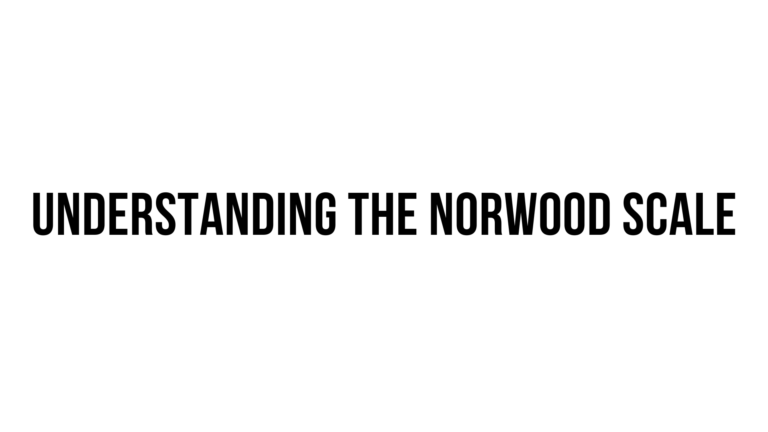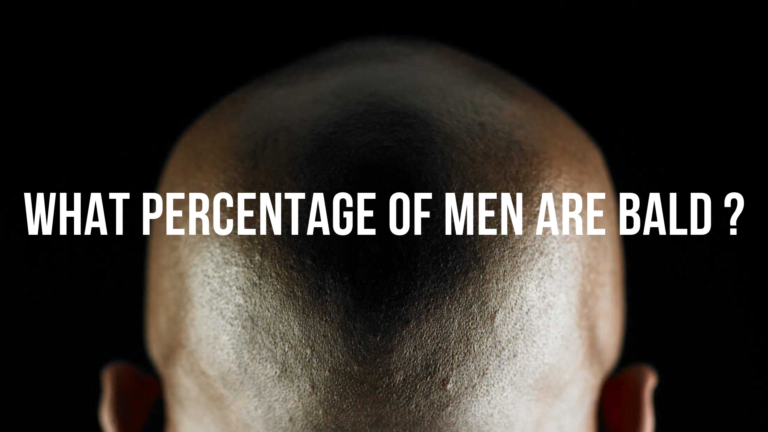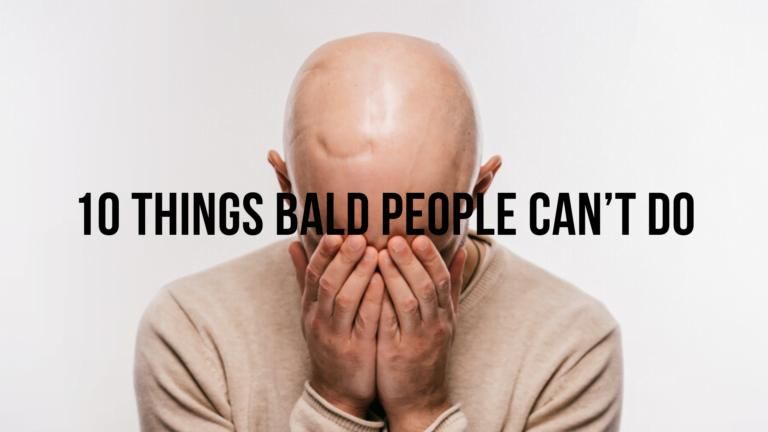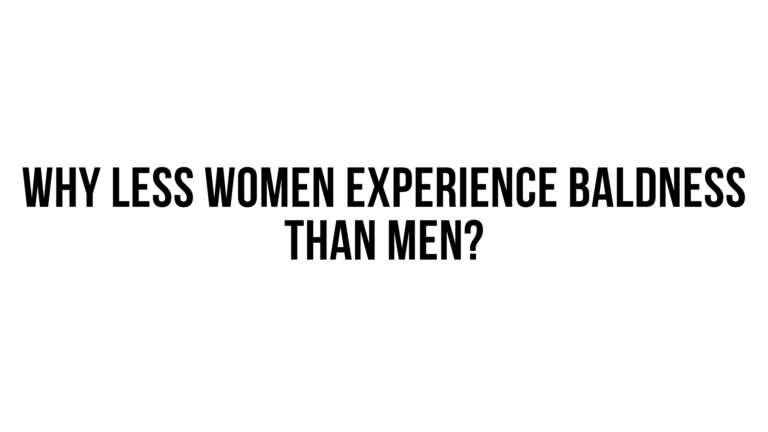Fear and anxiety surrounding baldness and bald people is more widespread than commonly realized. This phobia manifests in multiple forms and impacts bald individuals in their personal and professional lives.
What is Phobia?
A phobia is an irrational fear or aversion to something. Phobias cause overwhelming anxiety, discomfort, and dread when the sufferer encounters the source of their fear ([1]).
Phobias differ from typical fears in that they lead to unreasonable reactions that are disproportionate to the actual threat or danger posed. They often severely impede normal functioning.
Is there a phobia related to baldness?
The phobia of hair loss and bald individuals, known as peladophobia, is more prevalent than many realize. This irrational fear and aversion can impact people across demographics, manifesting through an array of psychological and physiological symptoms.
While not yet formally classified as a distinct phobia, peladophobia shares many parallels with recognized conditions like arachnophobia or cynophobia. Sufferers exhibit excessive feelings of anxiety, dread, and repulsion towards the phobic stimulus – in this case, baldness and bald people.
Peladophobia appears to transcend factors like age and gender. Both males and females may develop this unwarranted apprehension surrounding hair loss and the bald, despite baldness being more common among men. Females also often experience hair thinning or loss due to conditions like alopecia.
Rather than stemming from any legitimate danger or threat, peladophobia is rooted in subjective perceptions and irrational connections.
Seeing bald individuals frequently portrayed negatively in media as untrustworthy or sinister villains can breed an unfair bias.
Historical associations of baldness with impurity, criminality, or illness also contribute to this phobia’s development.
While seemingly harmless on the surface, peladophobia can significantly impact the lives of bald individuals facing unfair stigma.
An inability to rationally assess baldness as a superficial physical trait also causes needless distress for those suffering hair loss themselves.
Therapeutic techniques like cognitive restructuring and increased positive exposures can help overcome peladophobia’s irrational foundations.
Peladophobia is known to have two forms which are:
Forms of Baldness Phobia
Fear of Going Bald
Many experience intense anxiety about losing their hair and going bald. This fear is pervasive among young men already experiencing male pattern baldness.
- Up to 52% of men have some degree of male pattern baldness by age 50 ([3]).
- For those affected, hair loss can damage self-esteem and emotional wellbeing.
- Men often perceive baldness as unattractive and associate it with aging ([1]).
- Some men develop obsessive hair checking routines and severe anxiety about thinning hair.
- Many pursue restoration treatments like medications, hair transplants, or wigs to conceal baldness.
Fear of Bald People
A more severe manifestation is an irrational fear or aversion to interacting with bald individuals. Symptoms may include:
- Avoidance of bald people.
- Distress when conversing with someone bald.
- Linking baldness with disease or other negatives.
- Viewing bald people as threatening or unfriendly.
This phobia resembles xenophobia – fear of outsiders and unfamiliar people. Bald men can become targets of stigma, prejudice, and unfair assumptions.
Causes
Media Portrayals
Media often depicts bald characters negatively – as villains, untrustworthy, unattractive, or incompetent ([4]).
- Research found bald characters were overrepresented as antagonists in children’s movies – 36% of villains were bald versus 6% of protagonists ([1]).
- Studies show participants rate photoshopped pictures of bald men as less likeable, dominant, or attractive.
- Media links baldness to menace, weakness, and age.
This breeds an implicit bias against the bald even if someone rationally knows these stereotypes are baseless.
Historical Stigmatization
Baldness has an extensive history of being stigmatized and associated with sinister traits.
- Ancient Egyptians saw baldness as unclean.
- Some native American tribes considered baldness grounds for exclusion.
- In the Middle Ages, monks forcibly shaved rival religious sect members’ heads to mark and shame them.
- Bald slaves were segregated from those with hair in the American colonial era.
- Skinheads and punitive hair shaving historically marked the bald as deviant or criminal.
Centuries of negativity surrounding baldness understandably spawned an implicit aversion that lingers today.
Disease Associations
Baldness often results from medical conditions like:
- Alopecia areata – an autoimmune disorder causing patchy hair loss ([5]).
- Cancer treatments – chemotherapy and radiation can lead to temporary or permanent hair loss ([4]).
- Trichotillomania – a disorder causing compulsive, repeated hair pulling.
People may subconsciously associate baldness with these illnesses and feel fearful as a result.
Impact on Bald Individuals
This phobia severely impacts those who deal with hair loss.
Social Difficulties
Those irrationally fearful of the bald may exhibit anxious body language like avoiding eye contact or leaning away when conversing with a bald person. Many unconsciously perceive bald individuals as unfriendly or unapproachable ([2]).
As a result, bald people often feel socially ostracized and report difficulty forming relationships. First impressions are vital for connection, so bald individuals can be unfairly prejudged.
Reduced Opportunities
Irrational bias against bald people also reduces opportunities. Studies show bald men rated as less employable for sales and management jobs requiring influence and likability ([1]).
- Participants picked balding men as less suitable political candidates.
- Bald men earn on average 3-4% less than those with hair.
- Bald individuals have reduced romantic prospects – some dating sites charge bald men more.
Pervasive media stereotyping and stigma surrounding baldness significantly obstruct bald people’s careers and relationships through no fault of their own.
Emotional Distress
Experiencing irrational fear or dislike from others frequently causes psychological pain and low self-esteem among those losing hair or who are bald.
- Bald individuals exhibit more social anxiety.
- Rates of depression are higher among those with hair loss.
- Losing hair is traumatic for many – especially younger bald people.
- Some develop body dysmorphic disorder – an excessive preoccupation with perceived flaws in appearance.
- Bald people often feel the need to use concealment strategies like hats or toupees.
Internalizing the overwhelmingly negative attitudes surrounding baldness harms emotional wellbeing.
How to Overcome This Phobia
Reduce Media Consumption
Minimize exposure to negative portrayals of bald characters in media to avoid reinforcing unfair stereotypes ([6]).
Interact More
Increased positive interactions with bald individuals in real life disproves irrational assumptions.
Mindfulness
Notice thought distortions about baldness and correct them. Baldness does not inherently indicate anything other than hair loss.
Therapy
Cognitive behavioral therapy can help reframe distorted thoughts underpinning this phobia.
Advocacy
Promote more accurate, balanced representations of bald people. Support public figures confidently embracing hair loss to defeat stigma.
Overcoming fear of baldness and bald people requires undoing centuries of problematic associations. But purposeful effort to change mindsets and media depictions can help defeat this phobia.
Baldness is a traits as superficial as eye or hair color, not an indicator of character or competence. With understanding and advocacy, society can move beyond irrational attitudes surrounding hair loss.
🌐 Sources
- ncbi.nlm.nih.gov – Bald and Bad? – PMC
- sciencedirect.com – Snake Phobia – an overview | ScienceDirect Topics
- menshealth.com – How To Cope With Male Pattern Baldness
- ijhpr.biomedcentral.com – Hierarchy of hair loss stigma: media portrayals of cancer …
- uwe-repository.worktribe.com – Exploring the subjectivities of people with alopecia areata
- dc.etsu.edu – A Portrayal of Gender and a Description of Gender Roles …






